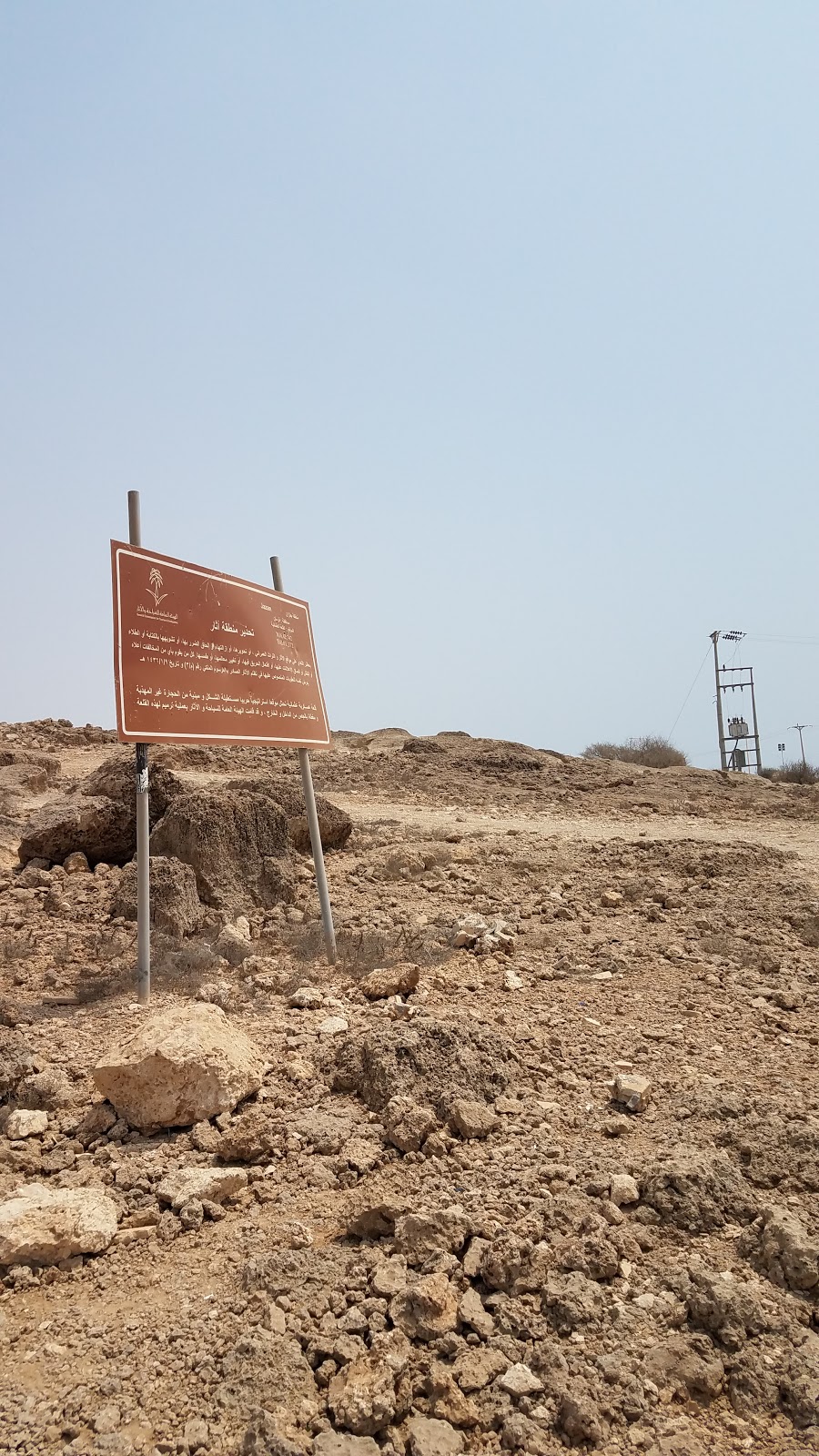Ottoman Fort (القلعة العثمانية)
Overview
The **Ottoman Fort** in the city of **Jizan**, Saudi Arabia, stands as a remarkable testament to the rich history and architectural prowess of the **Ottoman Empire**. Strategically perched to oversee vital trade routes, this fort was constructed to safeguard the region and maintain order during the empire's expansion.
Dating back to the **16th century**, the fort was built during a time when the Ottomans needed robust defense structures to protect their newly acquired territories. Renowned for their architectural ingenuity, the Ottomans utilized locally sourced materials, allowing the fort to harmoniously blend with its natural surroundings.
The fort's imposing walls, crafted from **limestone** and **basalt rock**, are known for their remarkable thickness, offering formidable protection against potential invaders. These materials were selected not only for their abundance but also for their durability, ensuring the fort has withstood the test of time.
Embodying the essence of **Ottoman military architecture**, the design features towering walls, battlements, and strategically positioned towers for optimal surveillance and defense. Inside, visitors can explore a layout that includes storage rooms, living quarters, and even a small mosque, showcasing the Ottomans' meticulous attention to the needs of those stationed within the fort.
The construction of the fort was a labor-intensive endeavor, relying on skilled craftsmen and laborers employing traditional building techniques. These methods included the intricate carving of stone blocks, mixing lime mortar, and the precise placement of each stone to ensure the structure's stability and longevity.
One of the fort's distinctive features is its **water collection system**, which comprises underground cisterns and channels designed to capture and store rainwater. This innovative system provided a reliable water supply for inhabitants, proving essential in the arid climate of the region and highlighting the Ottomans' advanced engineering skills.
Throughout the centuries, the fort has undergone several modifications, with each generation adding new defensive features and accommodations. Despite these changes, the core structure remains remarkably intact, allowing visitors to appreciate its historical significance.
Today, the **Ottoman Fort** is not merely a relic of the past; it serves as a vital **cultural heritage site** that draws visitors eager to delve into the rich history of the region and the architectural marvels of the Ottoman era. The fort offers a fascinating glimpse into the lives of the soldiers who once manned its walls and the empire that constructed it.
In recent years, dedicated **preservation efforts** have been implemented to maintain the fort's integrity. These initiatives protect the structure from modern environmental factors while preserving its historical essence. Careful restoration work has been undertaken to address damage, all while respecting the original construction techniques and materials.
The **Ottoman Fort** in Jizan is more than just an architectural landmark; it symbolizes the cultural and architectural legacy of the Ottoman Empire in the Arabian Peninsula. Its robust construction, strategic importance, and historical adaptations make it an intriguing destination for historians, archaeologists, and tourists alike.







